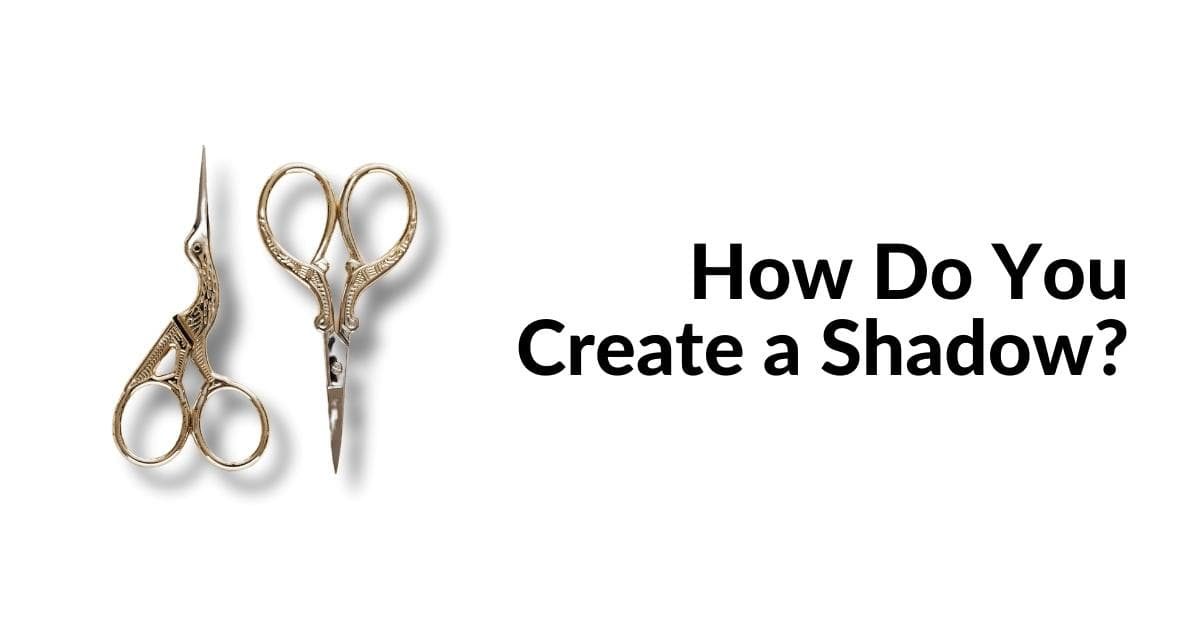Creating shadows in pictures is a powerful tool that can add depth, drama, and dimension to your photos. Whether you’re a professional photographer or just someone looking to enhance your snapshots, mastering the art of shadow creation can take your imagery to the next level. In this guide, we’ll explore various techniques to help you understand how to create shadows in a picture effectively.
Understanding the Importance of Shadows
Shadows are essential for creating a sense of depth and dimension in a photograph. They can make subjects stand out and add a captivating visual element. Shadows can also evoke emotions, making the image more interesting and dramatic.
Natural Light and Shadows
- Sunlight: To create shadows using natural light, pay attention to the angle of the sun. Low angles, such as during sunrise or sunset, provide long and soft shadows, while overhead sunlight can create harsh and short shadows.
- Cloudy Days: Overcast skies can act as natural diffusers, resulting in soft, even lighting and subtle shadows.
- Window Light: Utilize the soft, indirect light that comes through a window to create gentle shadows on your subject.
Artificial Light and Shadows
- Directional Lighting: Use artificial light sources, like lamps or flashes, to control the direction and intensity of shadows. Experiment with different angles and positions to achieve the desired effect.
- Diffused Lighting: Soften harsh artificial shadows by diffusing the light source with materials like white sheets, umbrellas, or softboxes.
Using Objects to Cast Shadows
- Props and Objects: Introduce objects or props into the frame to cast interesting shadows on your subject. Experiment with different objects, sizes, and placements to create unique effects.
- Cutout Shapes: Cut out shapes or patterns and place them between the light source and your subject to project intriguing shadows onto your scene.
Digital Editing and Shadows
- Photo Editing: Software like Adobe Photoshop and Lightroom allow you to enhance or manipulate shadows during the editing process. Adjust the contrast, brightness, and sharpness of shadows to fine-tune your image.
- Layering: Create multiple layers with different shadow effects to achieve a composite image with intricate shadow details.
FAQs
Q1: Can shadows add depth to flat objects or scenes?
A1: Yes, shadows can add depth and dimension to flat objects or scenes, making them more visually appealing and interesting.
Q2: What is the best time of day to capture dramatic shadows outdoors?
A2: The golden hours, which occur shortly after sunrise and before sunset, provide ideal lighting for creating long, dramatic shadows.
Q3: Are there any specific camera settings to consider when working with shadows?
A3: Adjust your camera’s exposure settings (aperture, shutter speed, and ISO) to control how shadows appear in your photos. Experiment to find the right balance for your desired effect.
Q4: Can I enhance shadows in post-processing even if they were minimal in the original photo?
A4: Yes, you can enhance shadows during post-processing by adjusting contrast, brightness, and shadows in editing software.
Q5: Are there any safety precautions when working with artificial lighting for shadow creation?
A5: When working with artificial lighting, be cautious to avoid overheating or electrical hazards. Ensure that all equipment is in good working condition and follow safety guidelines.
Conclusion
Creating shadows in pictures is an art that can significantly elevate the impact of your photos. Whether you’re using natural light, artificial light, or post-processing techniques, mastering the manipulation of shadows can make your images more captivating and visually engaging. Experiment with different methods and tools to discover the unique and dramatic effects that shadows can bring to your photography.
This page was last edited on 25 February 2024, at 4:37 pm
